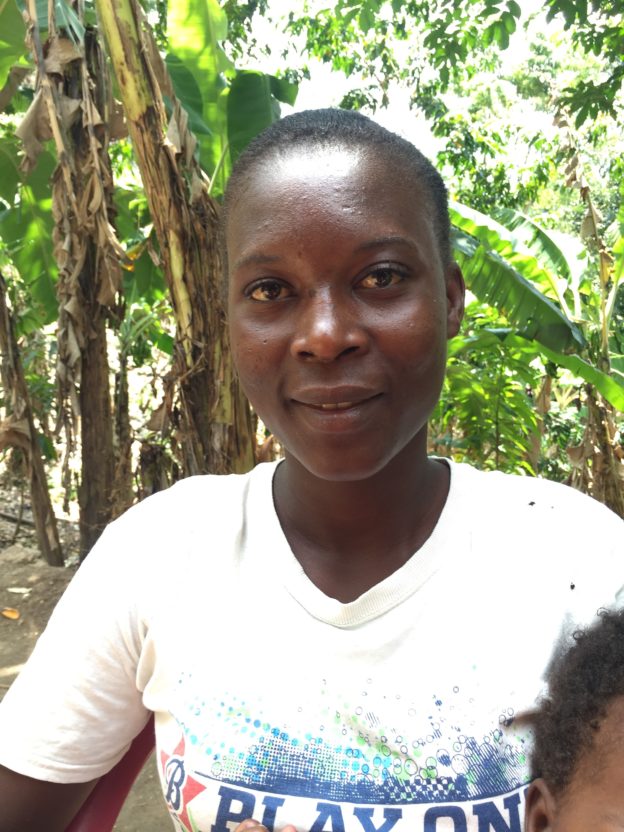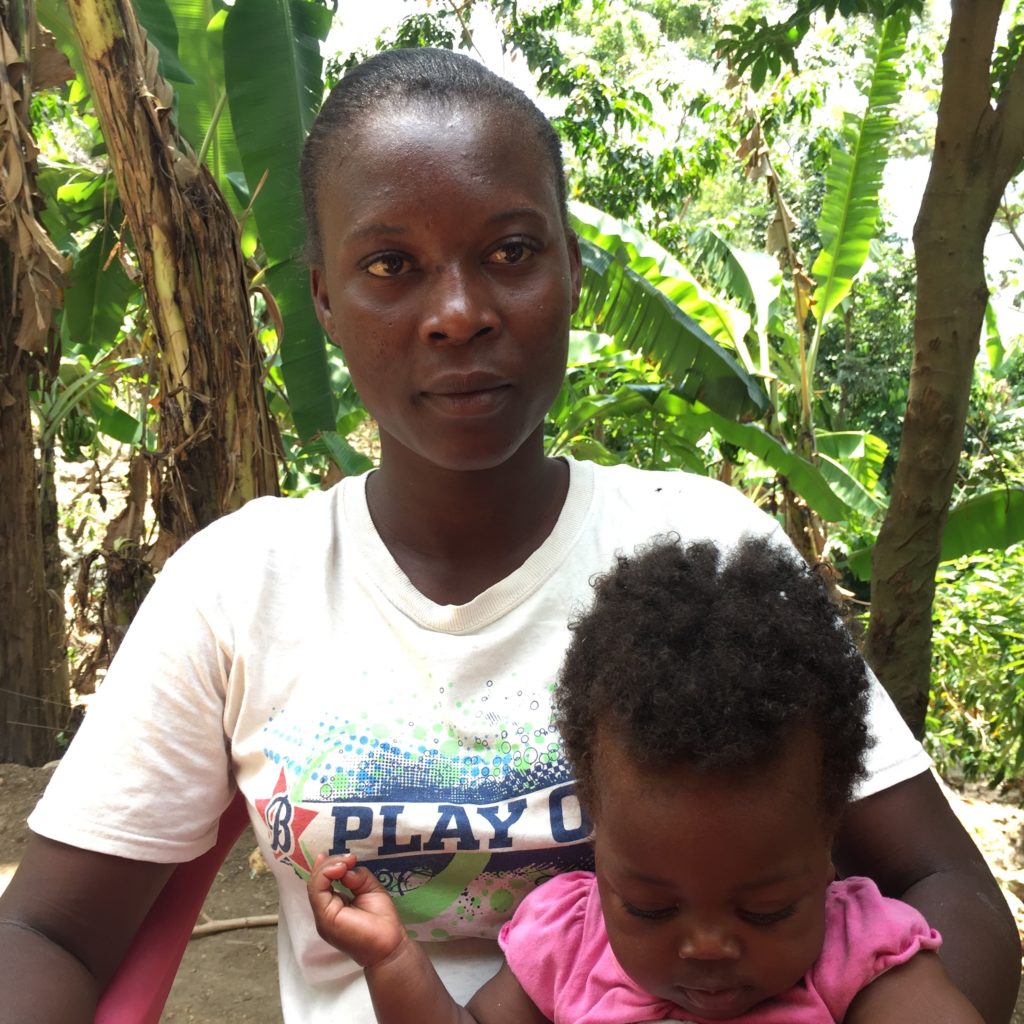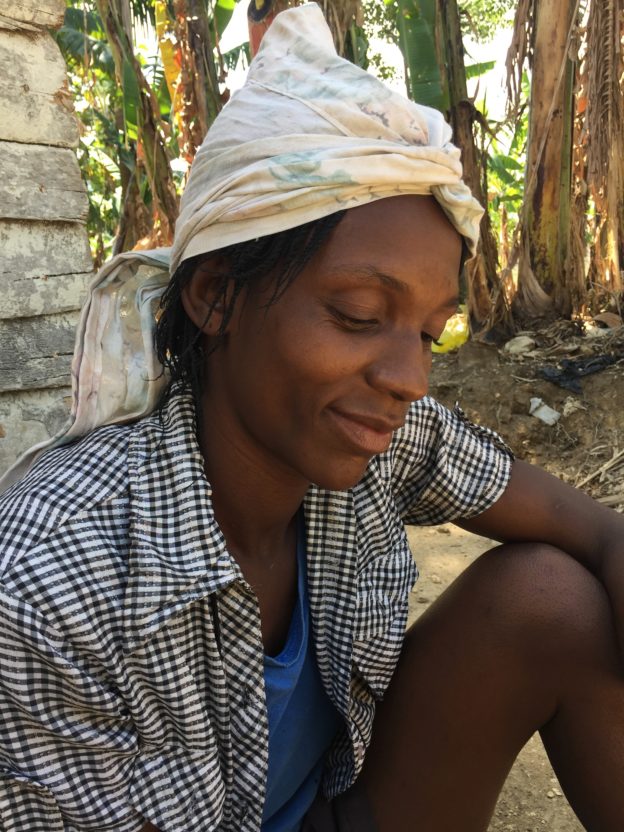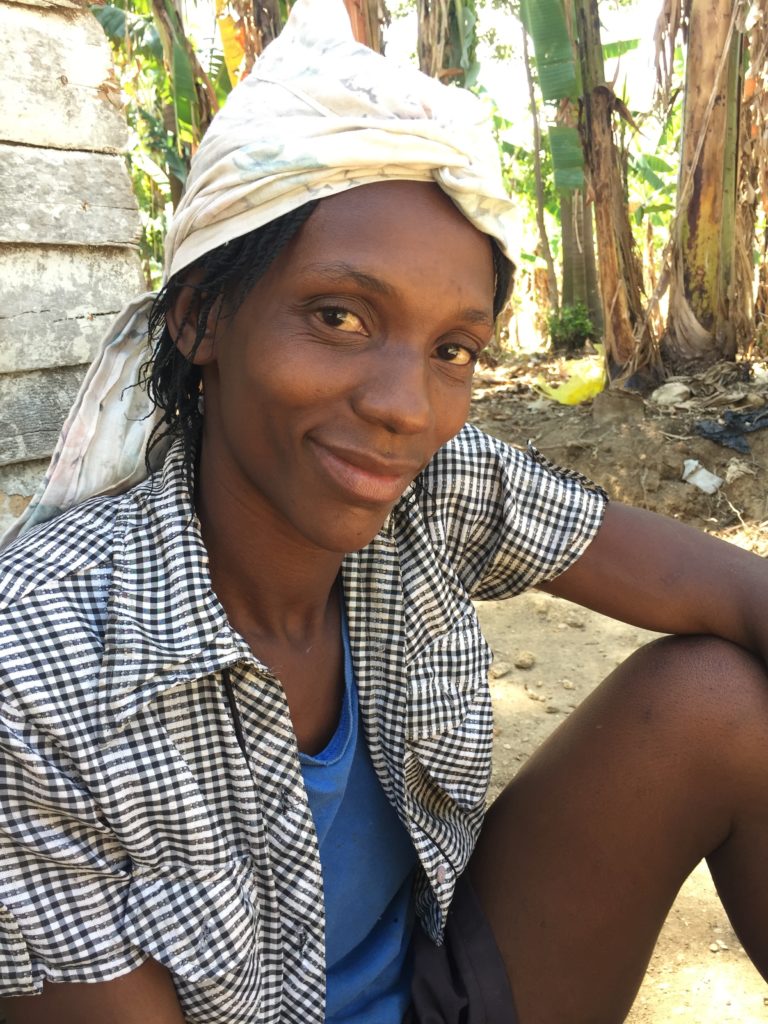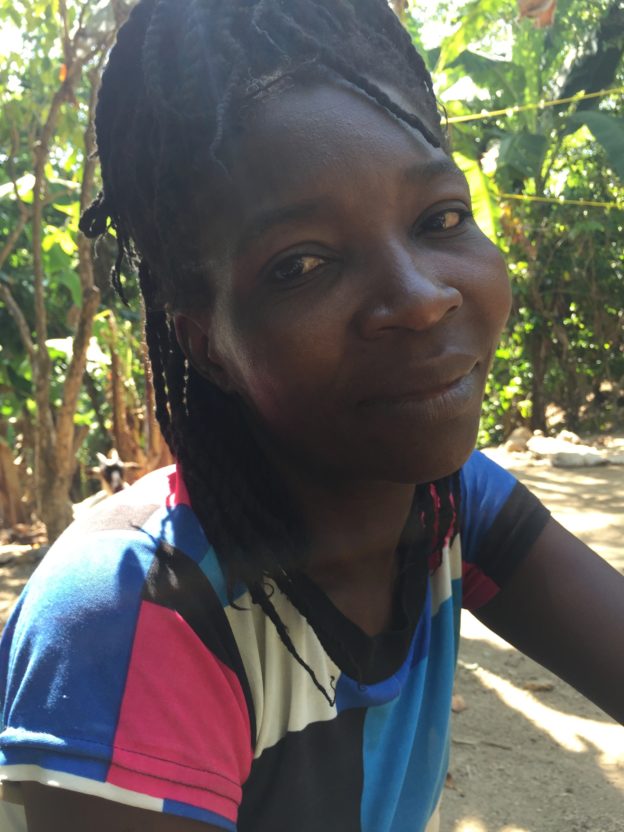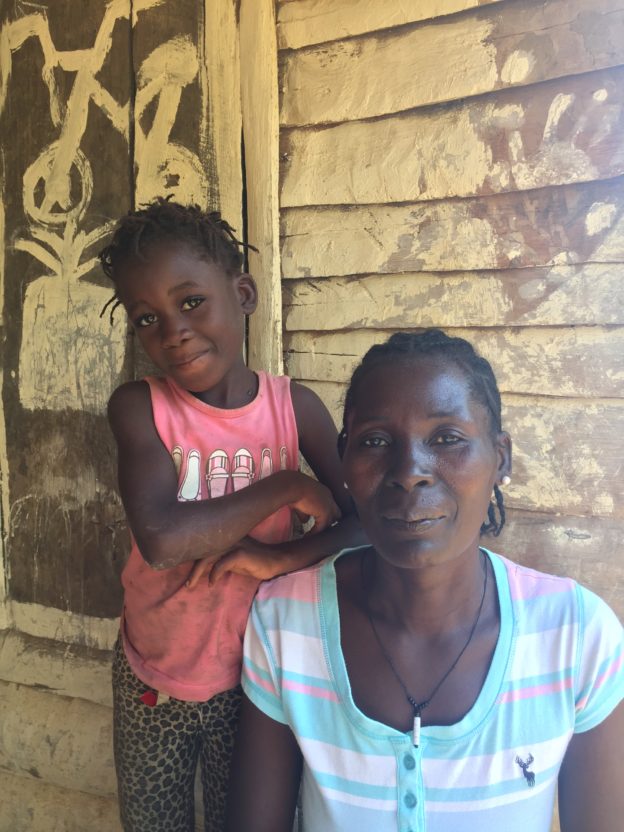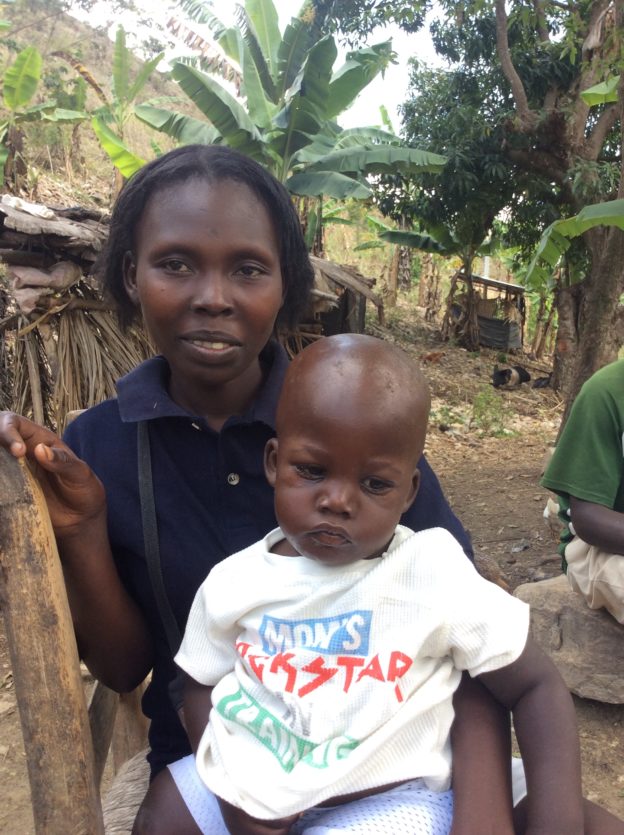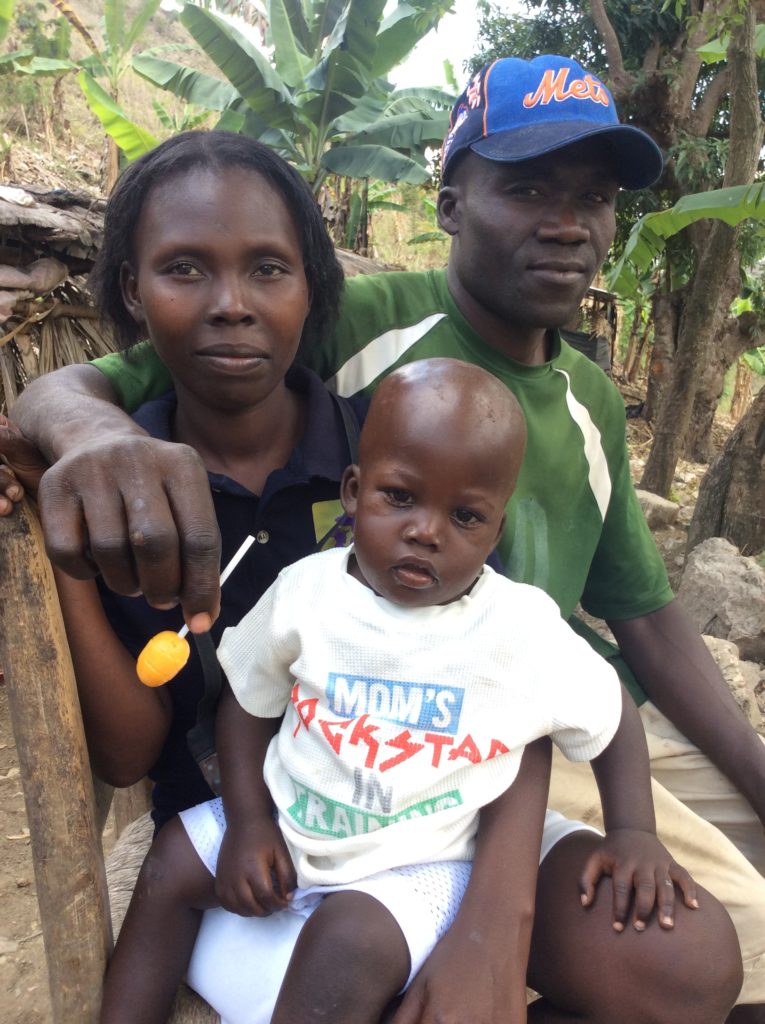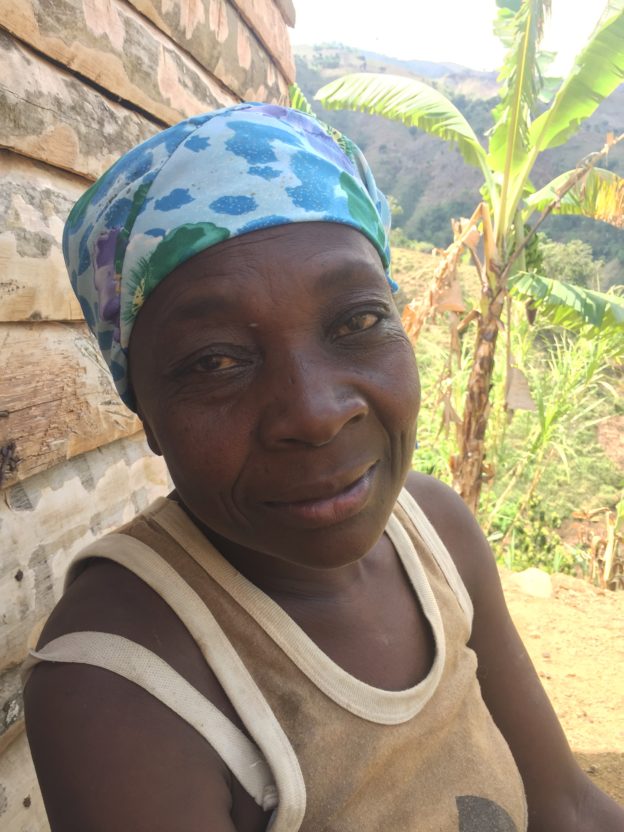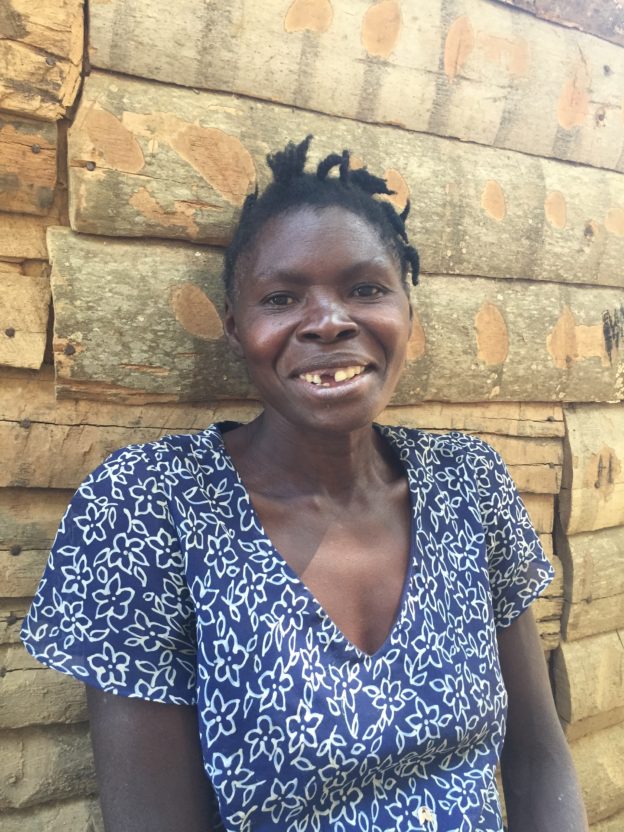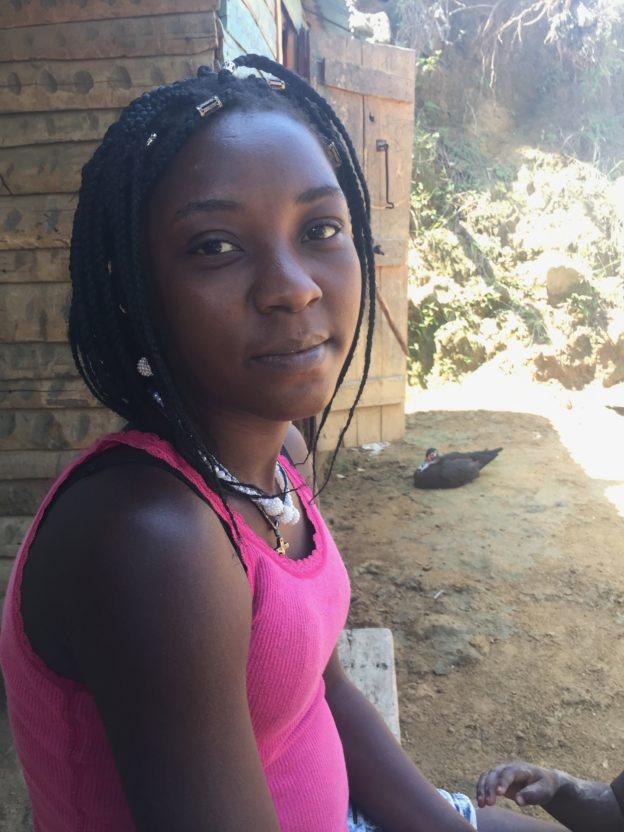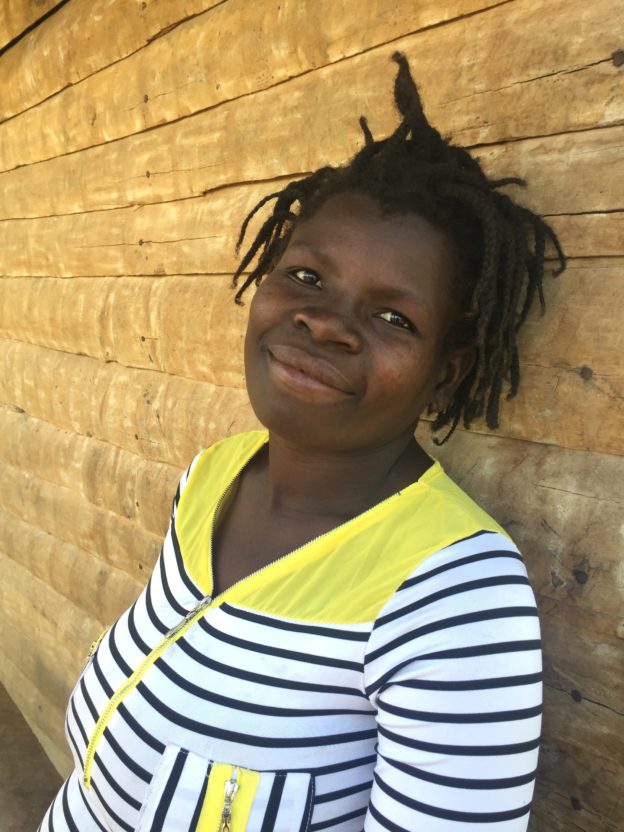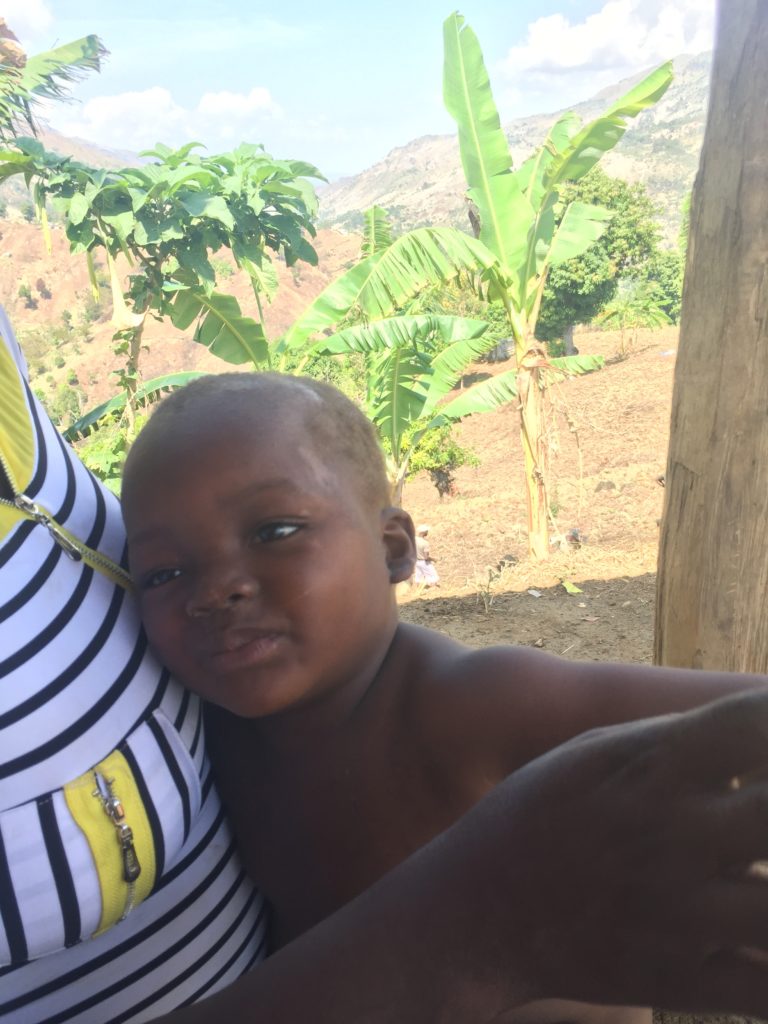Altagrace enjoyed the graduation ceremony, but she left it unhappy in one respect. “I didn’t have the chance to make a speech. I know that they couldn’t let everyone come forward, but I wanted that chance.” This is not unusual. Six of the 187 graduated were chosen to make speeches, and a seventh was so distraught at not being able to share her story, that she was given the microphone as well.
Altagrace isn’t hesitant to go through the list of what she’d wanted to say. “There are things I never understood that I’ve come to understand now. The staff related to us so well. My kids weren’t in school; I have no trouble sending them now. I have no trouble keeping them fed. I have goats and pigs. The program helped me put a roof on my house and give it doors. Things are too good!”
She liked being part of her savings and loan association. She saved regularly and took out a couple of loans, using one to buy an additional goat and another to invest in her farming. But she decided not to rejoin the association for a second cycle after the first one ended just before graduation. “I was going to stay in it. I even bought a second savings book for my husband. We were both going to participate. But I decided not to because Martinière won’t be there to keep an eye on things.”
Her reluctance to trust her neighbors without Martinière’s presence is striking. When I ask whether she is sorry that Martinère is moving on, she says that she isn’t. “L ap kite nou granmoun.” That means that he is leaving them as adults, able to take responsibility for their own lives.
Like many members, she continues to hope to buy a cow. She’s not quite ready, but thinks she’ll be able to afford one in June as long as her bean harvest is okay. A cow is important because it can help you if you need money for something big, like a funeral. As she explains her mother looks on approvingly. Both seem to be thinking of the older woman’s future.

